I bet that three years ago, when the X-Pro1 was first announced, the possibility of a telephoto lens such as the 50-140mm wouldn’t have even crossed our minds. At the time the budding system looked like an affordable rangefinder option with modern technology and a nice set of prime lenses. But that was the beginning and since then, a lot has changed.
Users wanted a faster autofocus and a wider choice of lenses, and others still started to consider the system for professional purposes. With the increase in popularity and demand from customers, the system has evolved into something that is certainly different but no less interesting. Nowadays, Fujifilm is clearly aiming to compete with the DSLR market. And the only way to do this is to release the same kind of popular lenses that DSLR photographers use.
Two weeks ago I showed you what the XF 16-55mm f/2.8 was capable of. Now it is the other f/2.8 constant aperture zoom lens’ turn: the Fuji 50-140mm.
Is the Fujifilm X system becoming perfect for professional work?

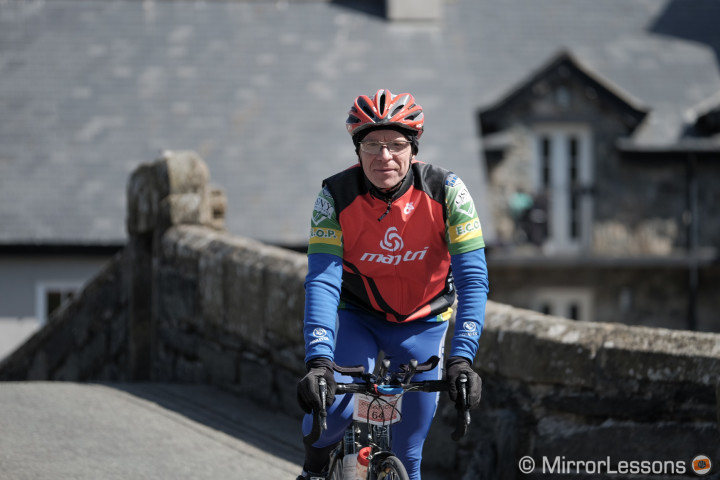
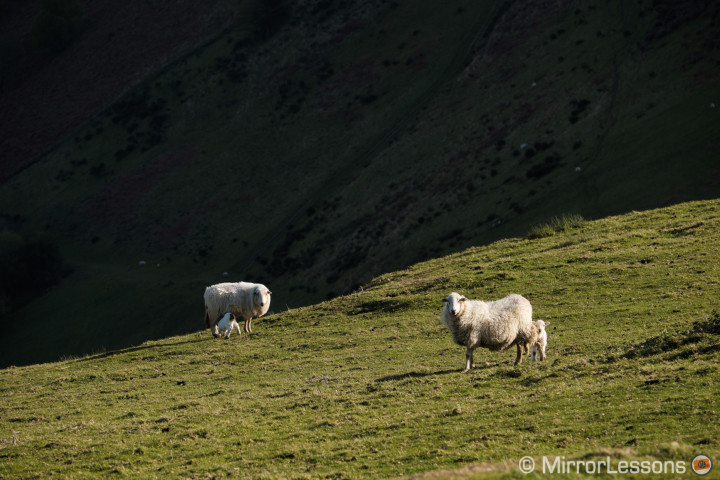
Fujinon XF 50-140mm f/2.8 R LM OIS WR Specs
- Focal length: 50-140mm
- Focal length (equiv. 35mm): 76-213mm
- Maximum aperture: 2.8
- Minimum aperture: 22
- Number of aperture blades: 7 rounded blades
- Angle of view: 31.7 – 11.6 °
- Closest focusing distance: 1m
- Lens configuration: 23 elements / 16 groups
- Special elements: 1 Super Extra Low, 5 Extra Low Dispersion elements
- Lens surface coating: Yes (HT-EBC and Nano G.I.)
- Maximum image magnification: 0.12x (Telephoto)
- Optical Image Stabiliser: Yes
- Dimensions: φ82.9 Ø, 175.9 mm
- Filter diamater: 72mm
- Weight: 995g
Table of Contents
Design and ease of use
The XF 50-140mm has the same build quality as the 16-55mm, which can only mean that it is excellent. You get an all-metal build and weather resistance, and the lens is dust, splash and freeze proof down to -10°C. The aperture ring is also made of metal, turns in 1/3 Ev steps and has the full stop markings. You can also select the orange “A” marking to switch to Aperture priority. The large zoom ring is covered with rubber. Both rings are excellent to use with the optimal smoothness and precision you’d expect from such as lens. On the side of the lens there is also an On/Off switch to activate/deactivate the optical stabilisation.
The 50-140mm includes a tripod collar that is cleverly designed. You will find three knobs: the first one allows you to release the rotation mechanism which is useful when using the camera in portrait mode. The other two knobs allow you to detach the collar without removing the ring. This is interesting because with many other lenses you have to unmount the lens from the camera first in order to remove the tripod collar. With the 50-140mm you just unscrew the two knobs and you’re done. I often detach the collar when I don’t need to use the lens on a tripod and I find this mechanism more flexible. Another interesting option is the possibility to remove a little piece of the plastic hood at the bottom which simplifies using polarising filter while keeping the hood attached.
The lens weighs almost 1kg and is the biggest lens in the X system, which once again raises the contentious topic of mirrorless cameras and size. I actually already covered this discussion in an in-depth article a few months ago and my reasoning hasn’t changed since then. When it comes to size and weight, you have to consider the entire system and not just the lens. This specific kind of fast telephoto zoom lens will always be bigger than other zooms or prime lenses. The same applies to most camera systems out there with Micro Four Thirds being the only exception (think about the Lumix 35-100mm f/2.8). If you want a lightweight combo for your X system, you can mount one of the Fujifilm prime lenses such as the XF 35mm f/1.4 the same way you would a 50mm prime lens on your Canon or Nikon DSLR. To me, it is as simple as that.
I think a more interesting question is the following:
Does the 50-140mm brings back memories of your DSLR days in terms of portability?
To be honest, I didn’t find the 50-140mm too heavy to carry around in my bag or attached to the camera. The 50-140mm is a very big lens for a CSC but at the same time, it weighs less than the Canon/Nikon equivalent. It is about 500g less and that half a kilo makes a difference in the real world. A good strap will definitely help as well. I used the Peak Design Slide because I can attach the strap to the camera on one end and the tripod collar on the other via the Arca Swiss plate provided with the strap. This provides me with an optimal balance, so carrying the lens wasn’t an issue whatsoever. So, does the X system remain a portable system? In my opinion, yes.
What is perhaps more of an issue is your grip on the camera. It can be somewhat uncomfortable with such a lens. The X-T1 is a great camera in terms of portability because it is so small, so it feels unbalanced with the 50-140mm. An optional landscape grip or the vertical grip would definitely help, although I tend to avoid the latter as it makes the camera bigger. I also find that a thumb rest can be extremely useful. If you use the Lensmate model, it attaches to the hotshoe. With other cameras such as the X-E2 or X-A2, achieving a good balance can be even more difficult.

Through the lens: Image Quality
Fujifilm is building a solid system also because of the optical quality of its lenses. Once again the 50-140mm proves that the Japanese brand knows how to design glass. A lens like this is useful for a variety of conditions including events, weddings, portraits, sports and even landscapes. It is very versatile and that’s why it is usually the weapon of choice of many professional photographers. I tested the 50-140mm for various applications to find out if this lens could find a permanent place in my bag if I chose to work with the X system.
Sharpness is always a main concern so let’s start with that, also because it is probably the main quality of the 50-140mm f/2.8.
This lens is sharp, perhaps one of the sharpest lenses Fujifilm has ever designed. And yes, it is a zoom lens!
Sharpness is already excellent at f/2.8 and I admit that this is the aperture at which I used it for about 50-60% of my shots.
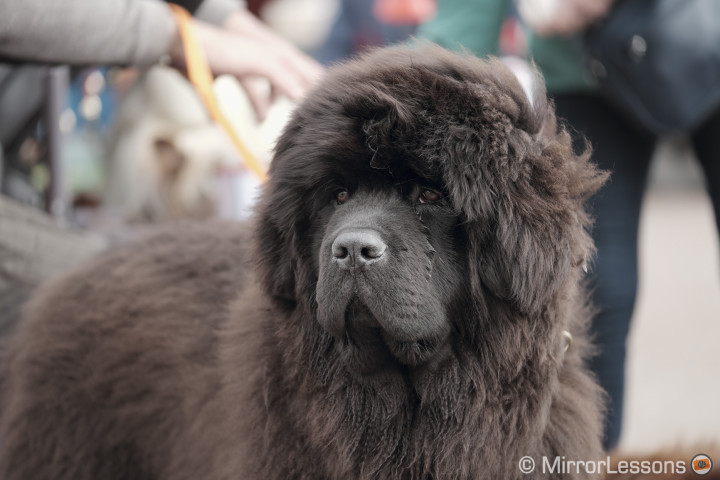
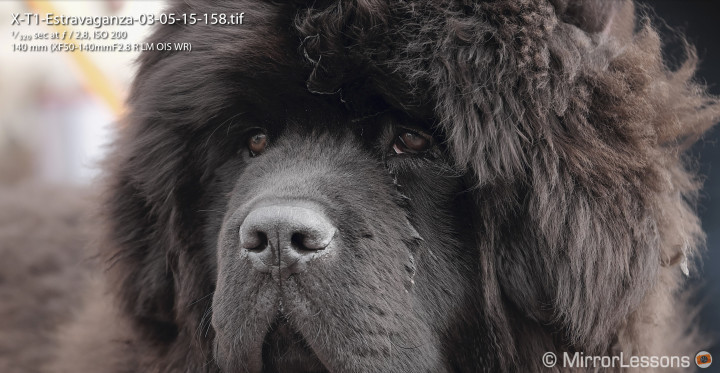
Sharpness becomes even better when you stop down. The sweet spot is f/5.6 but I got great results at f/8 and f/11 as well. Performance slightly decreases at f/16 and f/22 but there is nothing to worry about because you might only use the two slowest apertures for very specific applications.

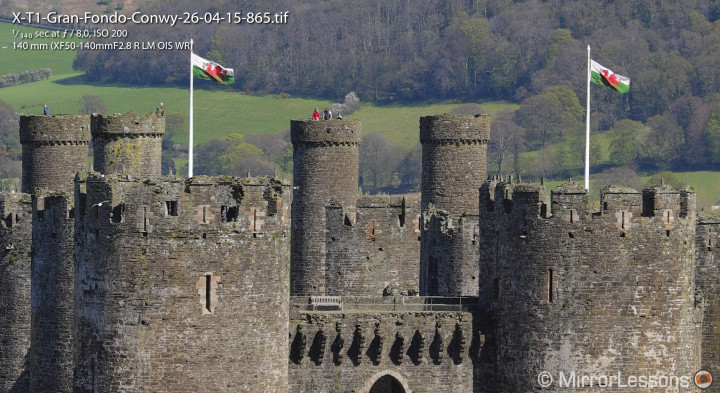
The fastest aperture also calls into question the bokeh and the quality of the out of focus area. Of course the closer your subject is to you, the shallower your depth of field will be, so I was more curious to see if the lens could detach a subject from the background at greater distances. One of the best examples I have is from my shoot at the Gran Fondo Conwy cyclist race where I wanted to isolate the riders from the trees. The 50-140mm certainly has some potential here. I find the bokeh pleasant without being too distracting especially when used at 100mm or more. It isn’t extraordinary but will serve you well for various applications including portraits.
I also used the lens at the Victorian Extravaganza festival to capture closers scenes and portraits. The lens proved perfect for sports and folklore events: good sharpness and bokeh at f/2.8 is all you really need in these situations. These were among the most important characteristics I wanted to try out and they passed the test with flying colours.
Concerning optical performance, I haven’t found any traces of chromatic aberration, vignetting or other issues. The lens is truly excellent in this regard. I’ve never encountered problems with flare either but that is also due to the nature of the lens itself and the petal shaped hood that protects it very well.
Finally, the 50-140mm excels for landscape photography as well. However, if it were for this application only, I would prefer the XF 55-200mm to it. The reason is that the 55-200mm is smaller and lighter, has the extra reach on the telephoto end (60mm more which is almost 100mm more on the full-frame format) yet still provides excellent sharpness. You lose the f/2.8 constant aperture but the lens remains reasonably fast (f/3.5-4.8). Besides, you might not need a faster aperture for landscape shots anyway. However if optical quality is your priority, then the 50-140mm is certainly the best choice.
The lens also has some close-ups capabilities. In “macro mode” it can focus as close as 1 meter at 50mm and 3m at 140mm. I almost never felt the need to take a picture that close with this lens as you can do better with other lenses like the 16-55mm that focuses at 40cm at 55mm.
Autofocus and performance
The 50-140mm has a triple linear motor for the autofocus mechanism. It is the first telephoto lens to include three motors and provide excellent speed while remaining very silent.
If you couple the 50-140mm with the X-T1, the combo is certainly the best Fujifilm has to offer right now purely in terms of autofocus performance.
And the good news is that it is going to improve with the upcoming firmware update 4.0 for the X-T1 body. The lens worked really well when I used it for the bike race. I never encountered some back and forth movements from the lens elements nor a slow reaction. It is certainly designed for fast action as well.
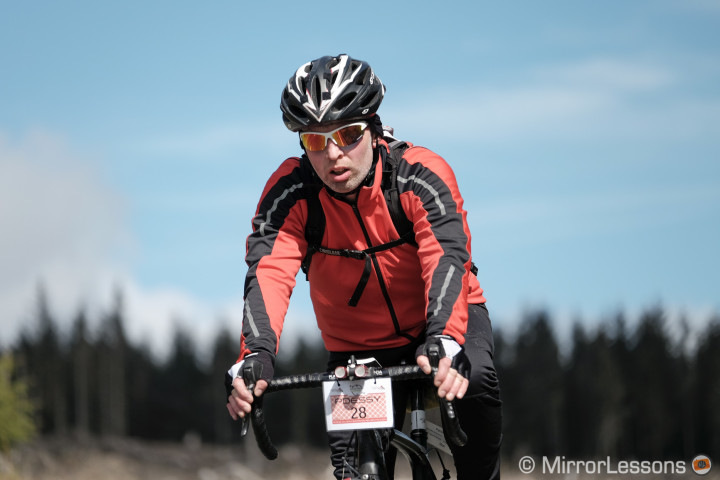
While Fujifilm suggests that you use this lens with a camera that includes phase detection AF such as the X-T1 or X-E2, the lens delivered good performance on the X-A2 as well despite the latter having contrast detection areas only. Of course the lens dimension are clearly not designed for a small camera such as the X-A2 but it was worth trying the combo a couple of times. Heather used the lens to snap some bird pictures at the Ynys Hir nature reserve in Wales.

Perhaps the most impressive feature of the 50-140mm is the optical stabilisation. I managed to get sharp shots hand-held down to 1/8s at 140mm which is quite impressive. I would say that the “safe” shutter speed is more around 1/13 to 1/25s but these values are still excellent for a lens like this. Combined with the f/2.8 aperture, the lens proves excellent for low light situations.

Conclusion
The Fujifilm 50-140mm is an excellent lens like most of the other Fujinon lenses. I honestly had a hard time finding something that I didn’t like. The only argument against the lens that many of you might consider is the size. If you read the review, you know where I stand on this issue. The 50-140mm is a big lens for a Compact System Camera but sill lighter and more compact than a DSLR equivalent, especially when you consider the camera body and the whole system.
I was curious to test this lens so as to see how good the X system is becoming for professional work. If I were to choose Fujifilm as my main system for work, I would certainly consider this lens, but only for professional assignments. I wouldn’t buy it for personal use because I prefer to work with lighter lenses. Fujifilm has a very good range of prime lenses so I could certainly skip it. But for professional use, this lens, just like the 16-55mm, is very versatile and can rapidly become a must-have if you deal with various genres.
From a pure performance perspective, this lens won’t disappoint. It is really sharp, has a pleasant bokeh, focuses really fast and the optical stabilisation works like a charm. What more could we ask for?
 What I like about the XF 50-140mm f/2.8:
What I like about the XF 50-140mm f/2.8:
- Excellent sharpness at f/2.8
- Very effective optical stabilisation
- Fast and silent autofocus
- Weather sealed
 What I don’t like about the XF 50-140mm f/2.8:
What I don’t like about the XF 50-140mm f/2.8:
- External grips become necessary for a better balance with the X-T1 and other X cameras
- Due to its size and weight, I would only choose it if I were working full time with the Fujifilm X system. But that is more a personal thought than a negative point.
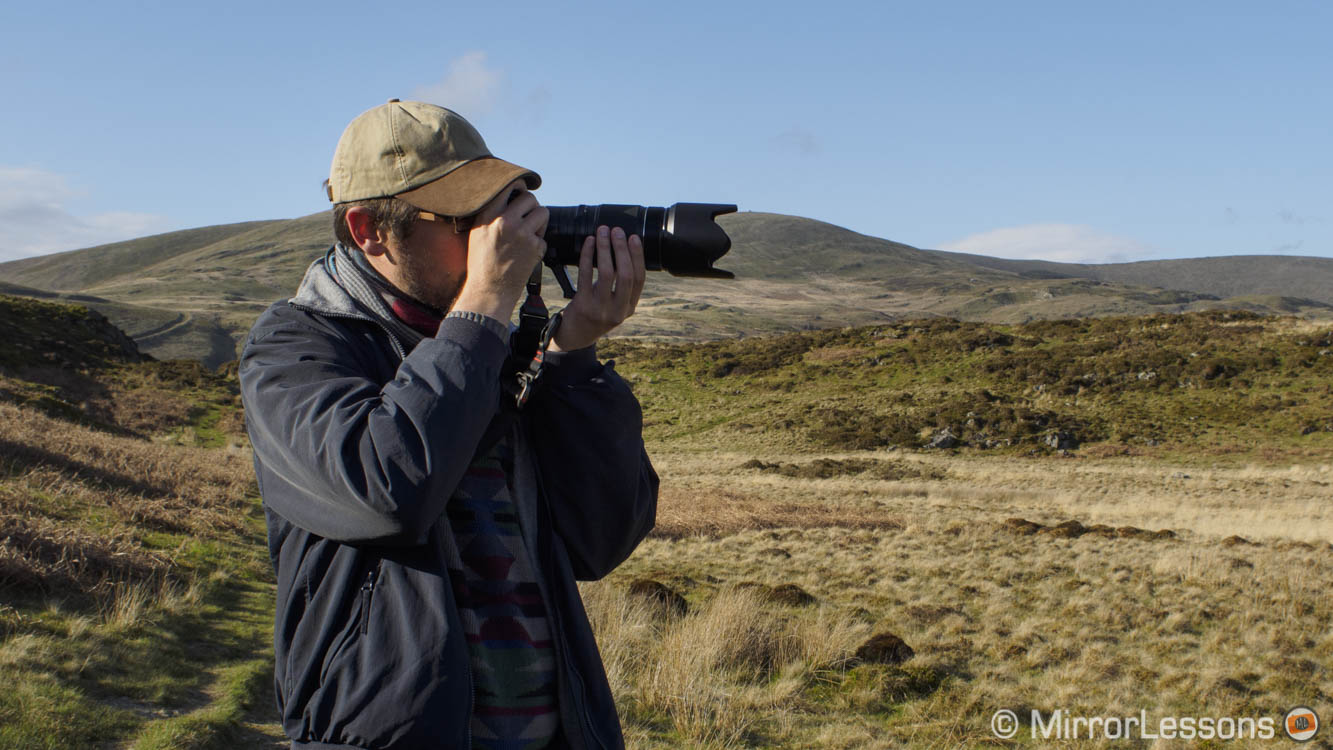
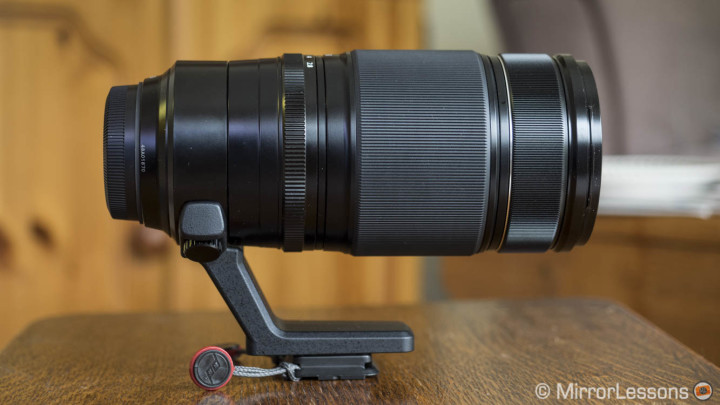
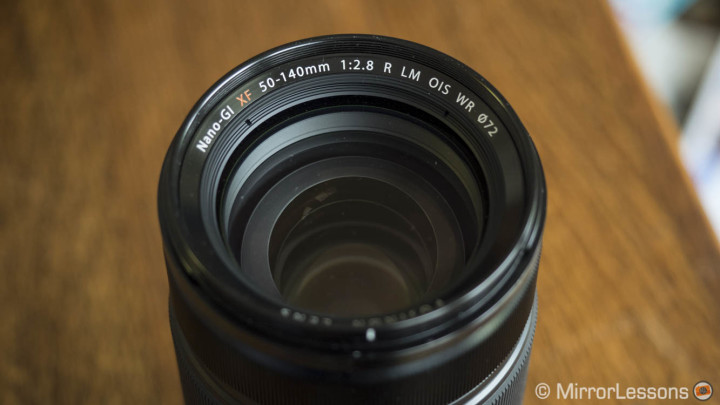
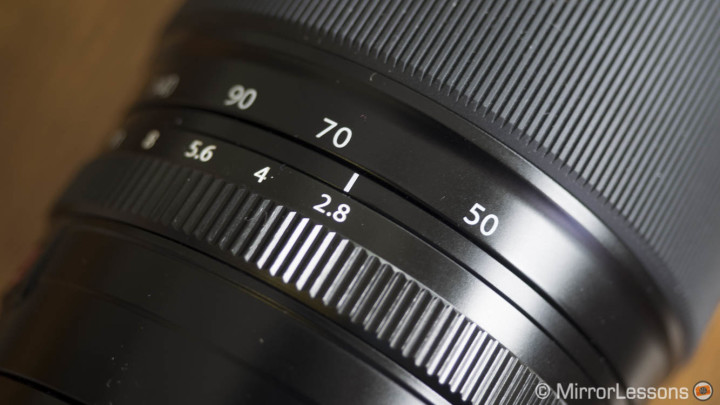
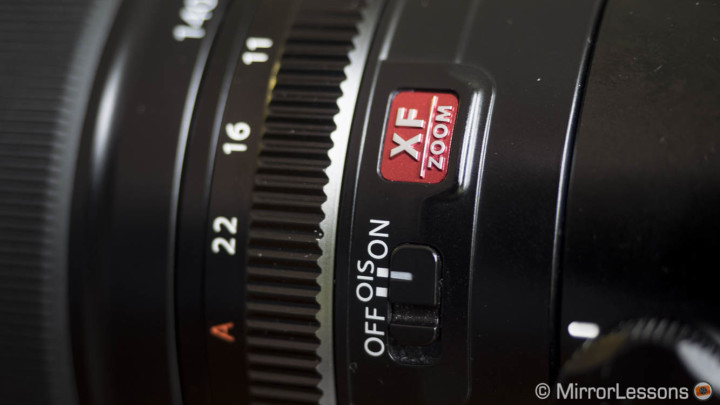
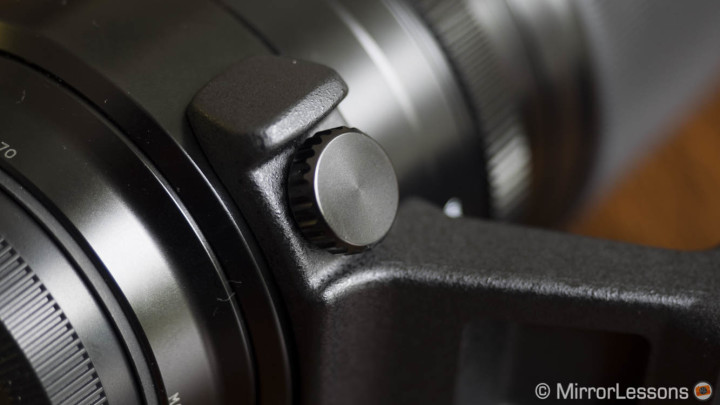
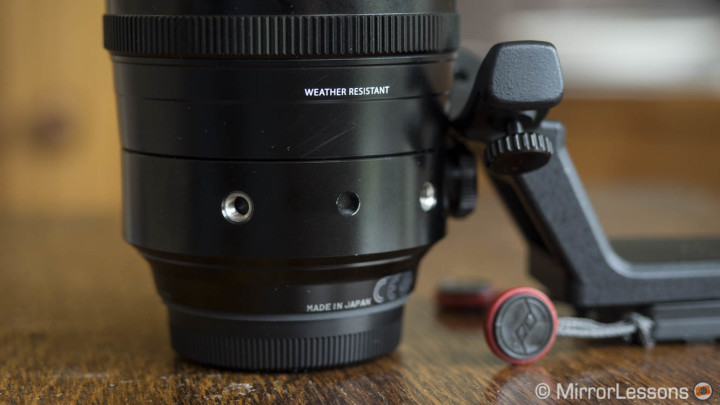
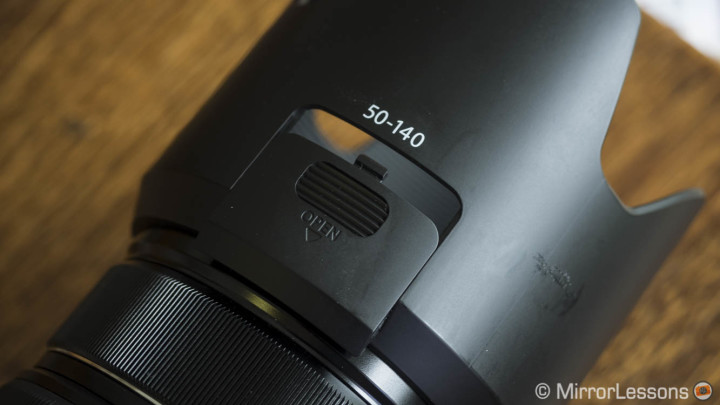
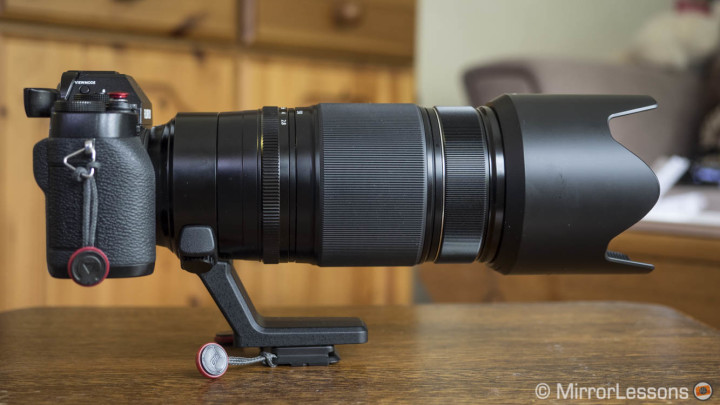
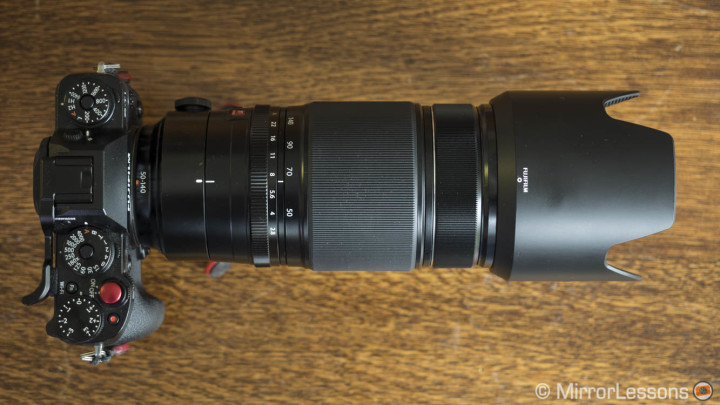
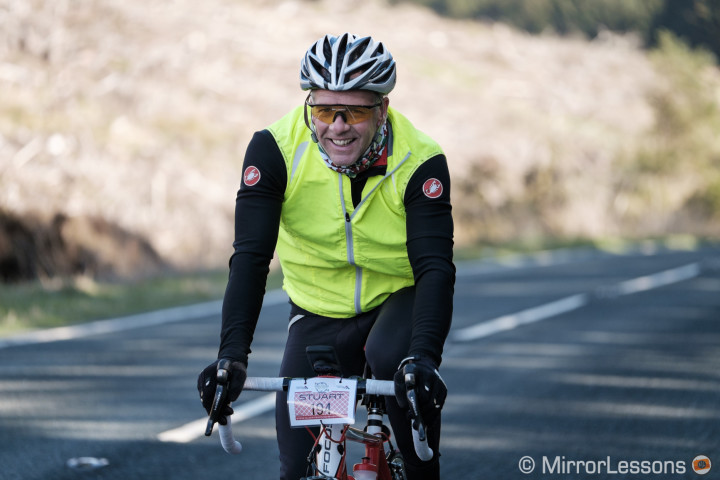
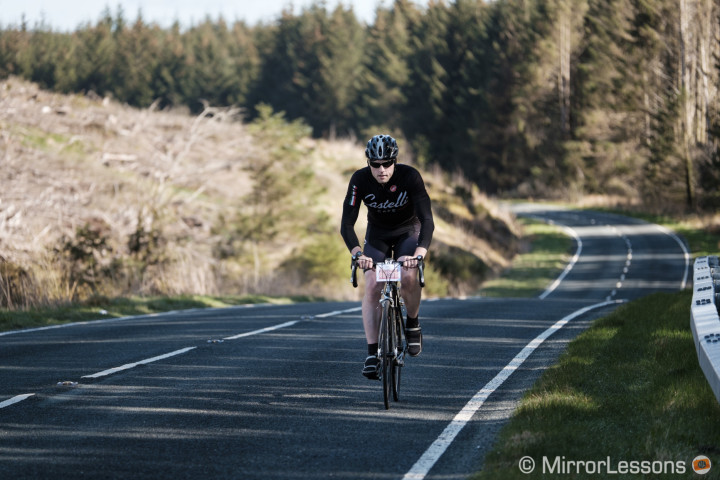
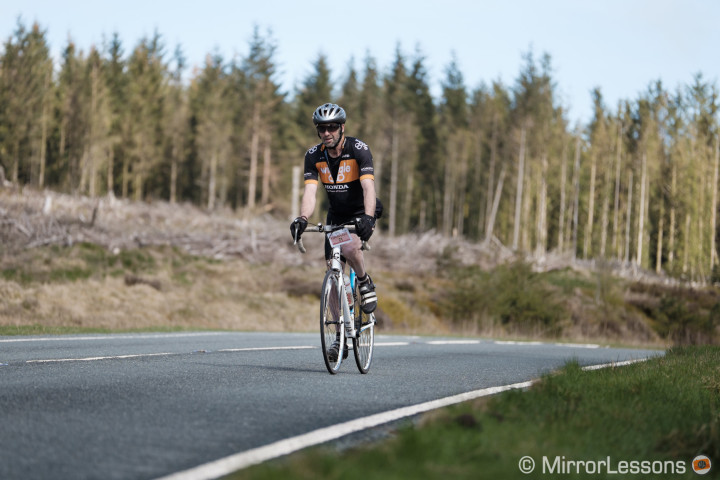
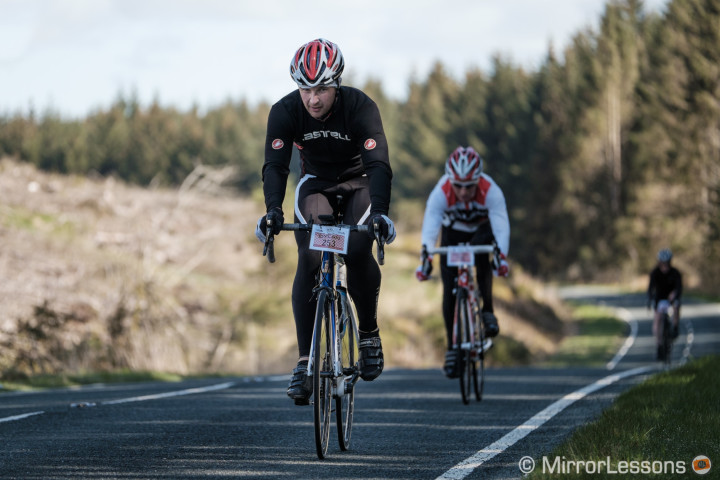



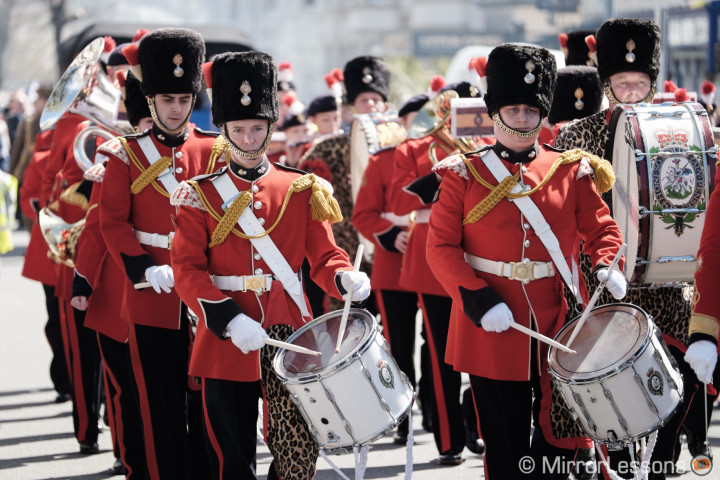
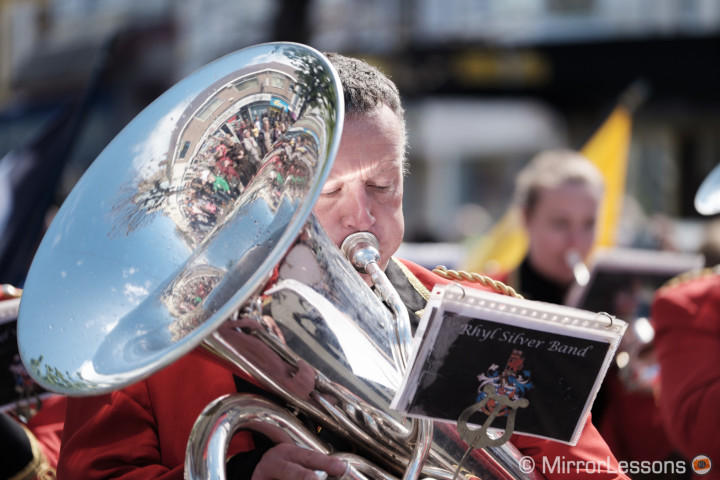
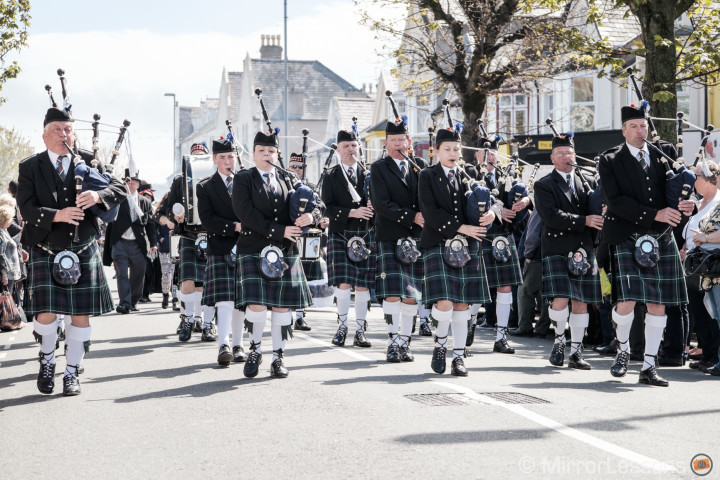




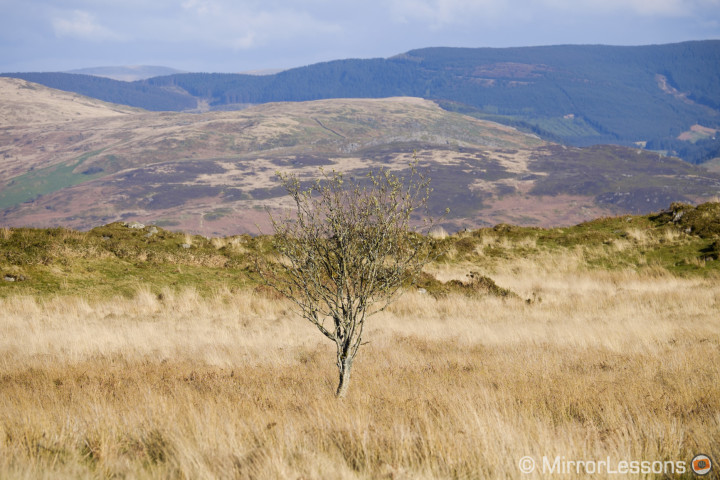
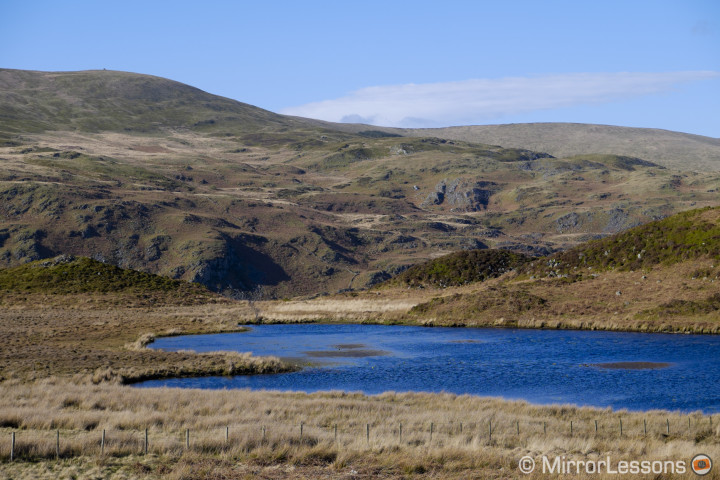
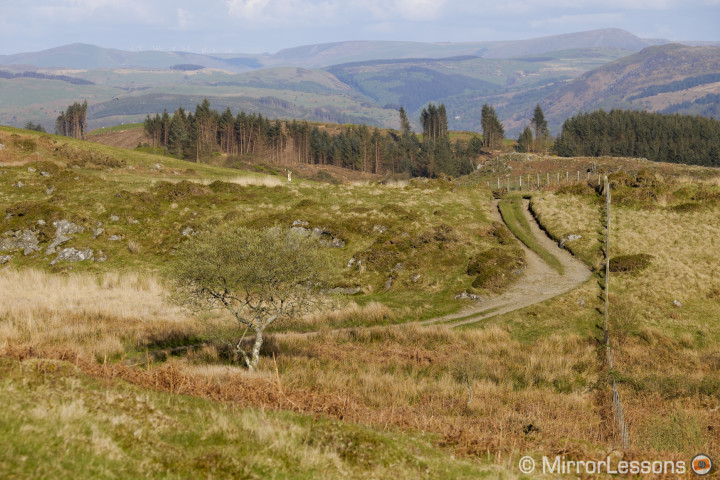
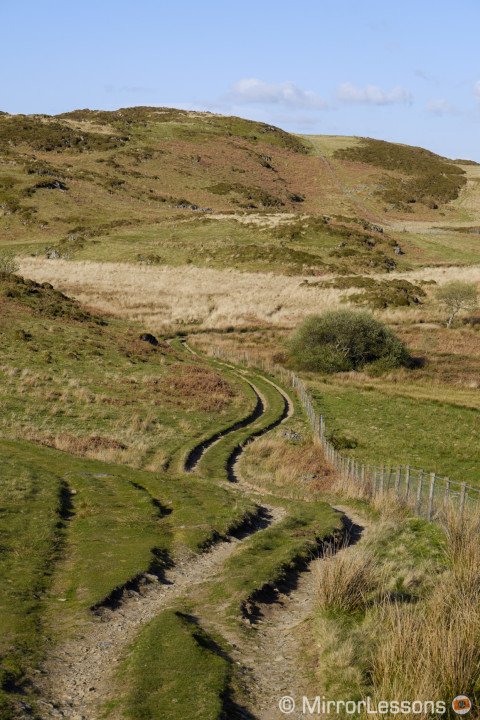
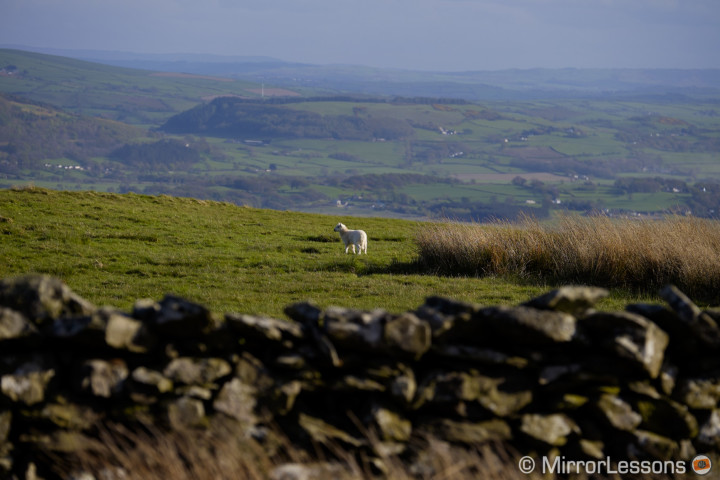
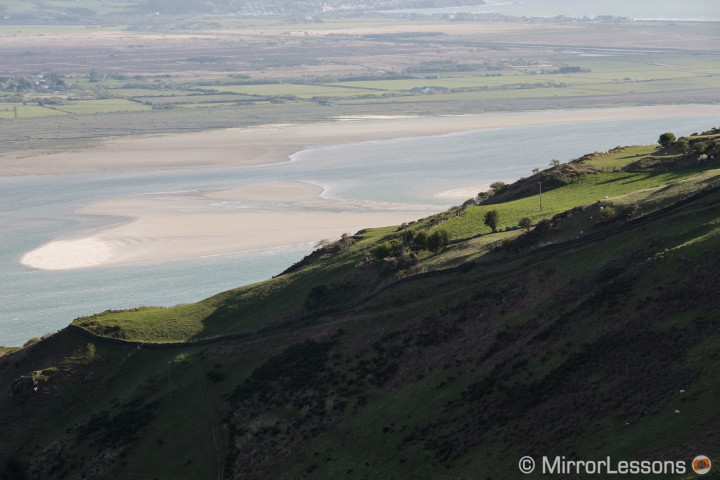
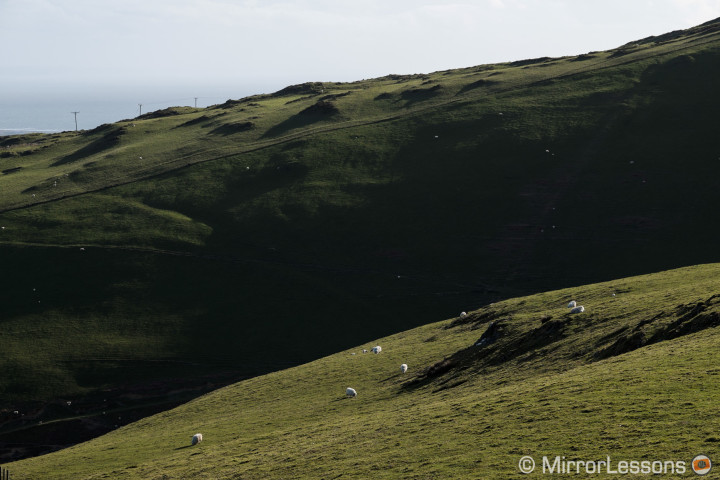

It is an AF-S (+something…?) from around 2003. I changed the AF motor once, and now it’s as good as new. A great, very sharp lens. And heavy, yes.
I had a D700 with the 80-200mm as well. Which version did you use? I had the AF-S version, great lens but so heavy 🙂
Hehe, that’s a difficult question and probably only side by side shots could show some differences concerning sharpness or bokeh. The Olympus lens is smaller and has the extra reach on the telephoto end. That’s certainly the main advantage. The optical performance on the M.Zuiko is also excellent. The minimum focus distance is shorter (70cm) and remains the same on the entire zoom range. The bokeh can be really nice as well.
Hi Michael, I do find the bokeh to be pleasant with this lens but at the same time I don’t find it extraordinary. The only comparison that comes to mind is with the Samsung 50-150mm f/2.8 but I haven’t tested the latter enough to write a fair comparison. The XC 50-200mm is not weather sealed.
This lens put my D700 + 80-200 2.8 out of work from the day I got it, also on assignments. Fantastic performance in every department, and it will work even better when the new firmware arrives. I’m impressed with what Fuji has accomplished with the X-line after the somewhat shaky start just a few years back.
How would you compare this lens and the Olympus 40-150?
Fuji colour always looks nice, however are you satisfied with the Bokeh performance of this lens compared to other systems equivalents? Some have been a little bit critical online / you tube about it. Otherwise it seems a good proposition unless the XC 50-200 is also weather sealed, I’ve already got one system who sealing doesn’t give me much confidence.